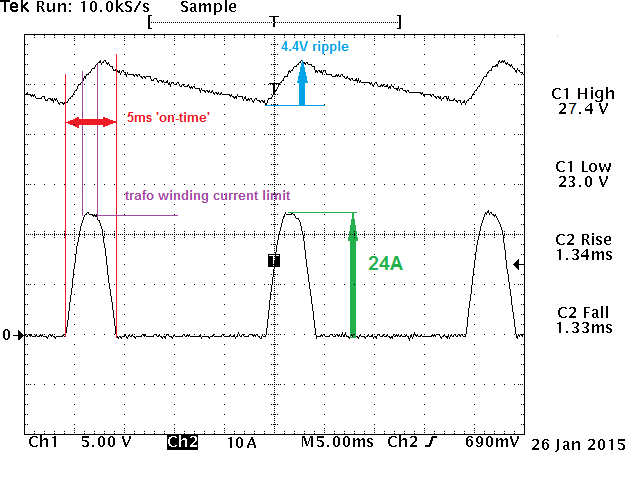The big conclusions are there because three very different devices showed zero difference in the face of massive distortion. And we know why. Because they convert AC to DC and filter the heck out of it. Since just about any audio device does the same thing, then we have every right to predict that the same applies to just about any electronic device out there.
What are you suggesting? That people keep buying these devices until we test a few thousand ones and come up with the same outcome???
Again, I'm going to make the argument that you're using three devices to represent the entire consumer audio industry. None of those devices are ones that I'd be particularly concerned about having issues. You're an engineer. You should know that three examples of not exhibiting an issue does NOT prove that the issue doesn't exist.
In fact, there's a damn good chance all three devices you used have REGULATED power supplies. That is far from being the case with all equipment.
-Lots of tube equipment still uses AC for the filaments, and there is (in many cases) good reason for that.
-Lots of solid-state power amplifiers have unregulated linear power supplies
-Lots of tube equipment, especially older equipment, uses unregulated power supplies due to the cost and general PITA of designing a high voltage regulated supply.
-There are plenty of class A amplifier stages that don't use any feedback and have a lousy PSRR.
-A really bad situation might be a piece of tube equipment that uses an unregulated power supply and uses an AC filament supply.
-Lots of people still use legacy equipment, whether you like it or not.
-Lots of people use boutique equipment that isn't up to ASR standards, whether you like it or not.
Again, I am ABSOLUTELY NOT saying that people should be buying $3000 power conditioners. In fact, I don't think anyone is saying that. What some of us
are saying, however, is that the tests performed are not sufficient to back up the conclusions that were drawn. I don't care if you're trying to do a service (stopping people from wasting money), insufficient data to support conclusions is a problem that casts doubt on the credibility of the author.

